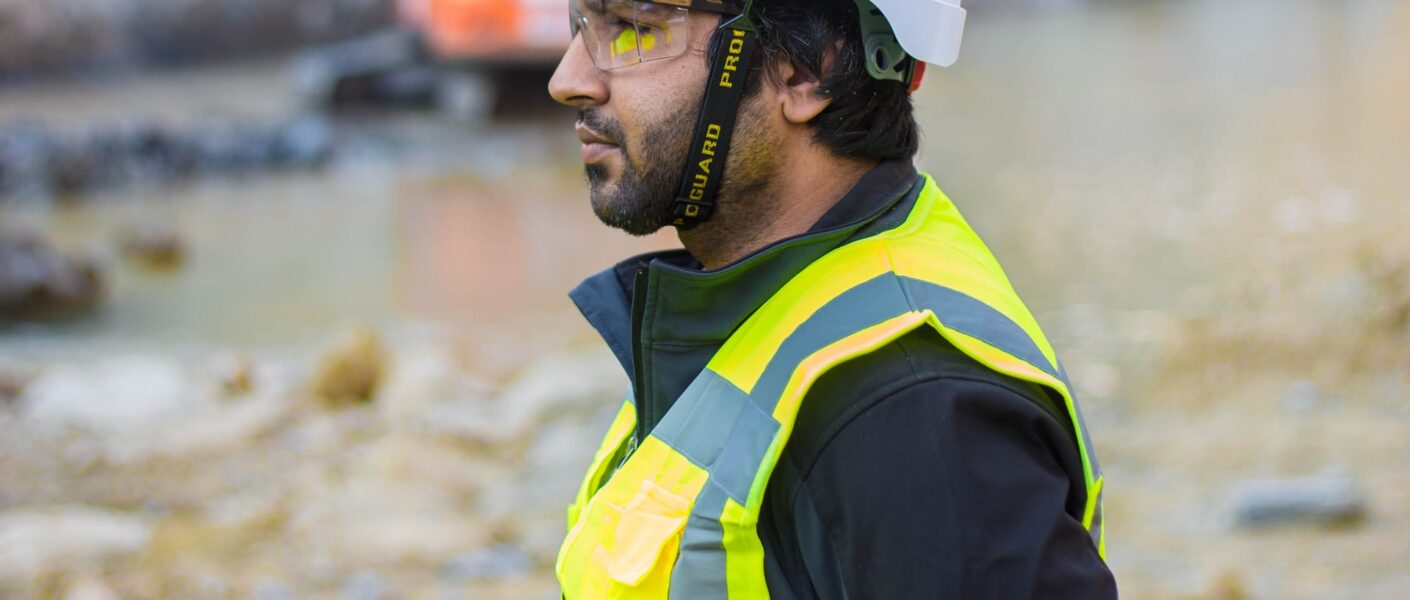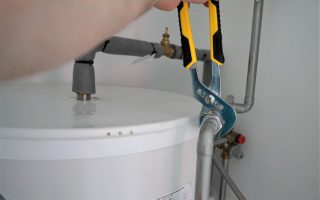Prescription eyeglasses help with the day-to-day visual requirements of your lifestyle, but these don’t guarantee that your eyes are always protected from dangers or hazards throughout the day. Wearing prescription safety glasses not only supports your eyesight with clarity, but the right pair of glasses also provides protection from things like the sun’s harmful UV rays or punctures from flying debris. Not all safety glasses are created equal, so here’s what you should know about this kind of eye protection.
Safety Glasses and Durable Construction
The environment where you will be wearing your glasses helps determine what kind of safety eyewear will be the best. Safety glasses that bear the ANSI Z87stamp have strong safety designations, protecting the eyes from flying materials or debris that would normally puncture or penetrate regular eyewear. This construction is particularly important if you work or operate in industries like woodworking, manufacturing, law enforcement, construction, or more. The design and materials that go into both the frame and the lenses impact safety features.
For the most protection, wrap-around glasses are recommended. The eye is prone to injury from the side, but wraparound prescription safety glasses minimize this risk. You may also see safety glasses designed with a side shield, which provides similar protection. Goggles are another form of safety glasses, though these are commonly worn to address chemical splash concerns. Goggles can be worn over a pair of safety glasses, or they could be constructed with similar durable materials to rate them with an ANSI stamp.
Safety Glasses and Workplace Approval
The Occupational Safety and Health Administration is the agency responsible for establishing and enforcing safety rules across the nation. Because of these standards, not all eyewear is approved or compliant with specific industry uses. While OSHA enforces many safety standards, it’s the American National Standards Institute that creates the eyewear standards in the United States. OSHA-approved safety glasses are the ones that follow the ANSI Z87 rating. For your chosen eyewear to be approved, it must pass the protection standards in areas of a splash, impact, optical radiation, and dust.
Safety Glasses and Lens Options
With safety glasses, there are two options with lens performance. There are basic and high-impact prescription lenses, with the key difference between these two options being the thickness of the lenses. Basic impact prescription lenses must have a minimum thickness of 3.00 mm, while high impact lenses must have a minimum of 2.0 mm where the lens is the thinnest. Lenses can also be tinted to provide additional protections for a range of environments, though tinting creates a darker view for interior applications.
Safety Glasses and Limitations
Prescription safety eyewear combines the best of both worlds when considering visual clarity and safety. However, there are certain frames or lenses that are not suitable for high prescription needs. Certain styles of prescription safety glasses may have a prescription limit of -3.00/+2.00. Carefully review the details of both the frame and the lenses to determine if the pair would be suitable for your prescription.
Safety-rated and approved eyewear will always bear the ANSI stamp. This will help narrow down your choices when looking for quality prescription safety eyewear. Browse the selection at Marvel Optics for a pair that suits your style and safety needs.





[…] What You Need to Know About Prescription Safety Glasses […]